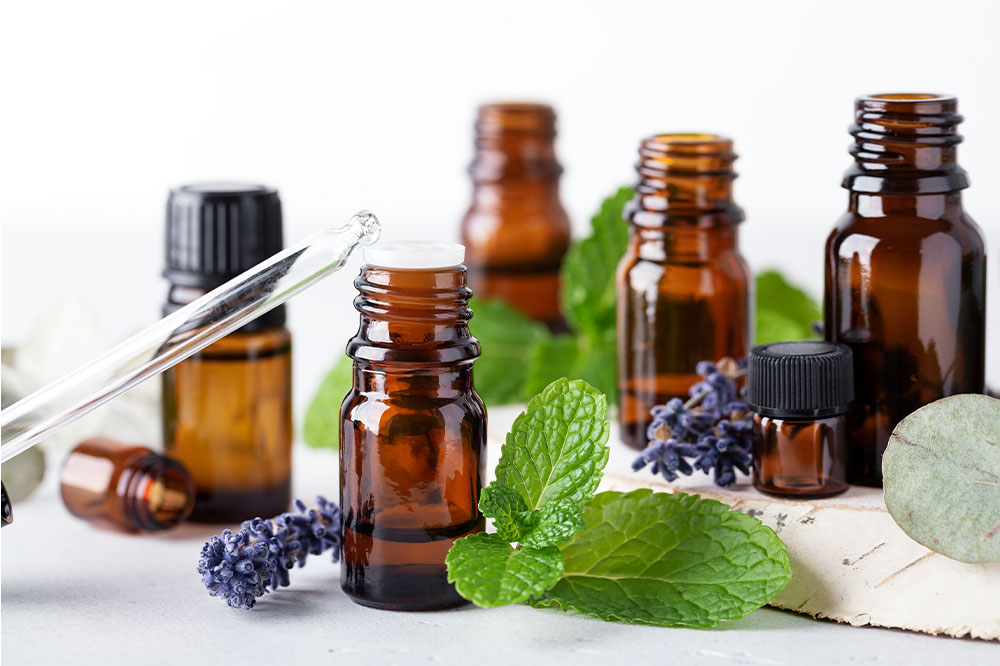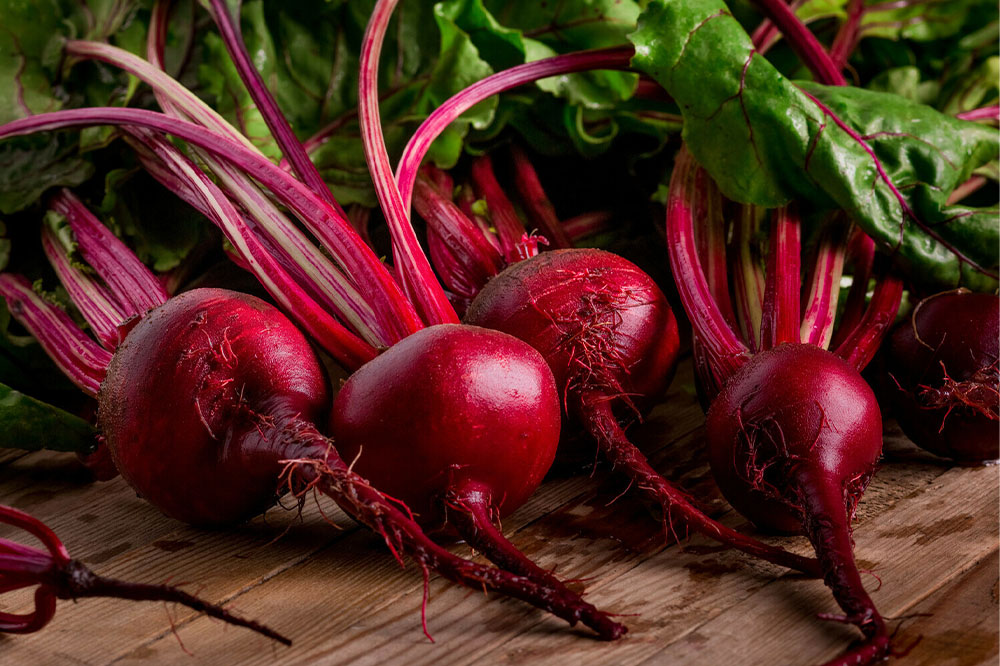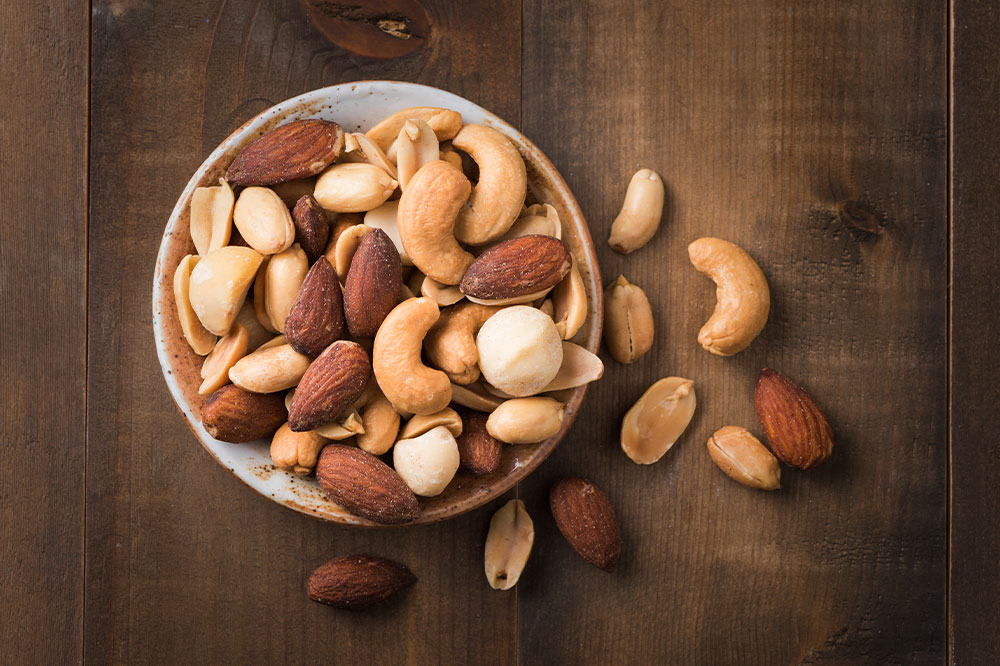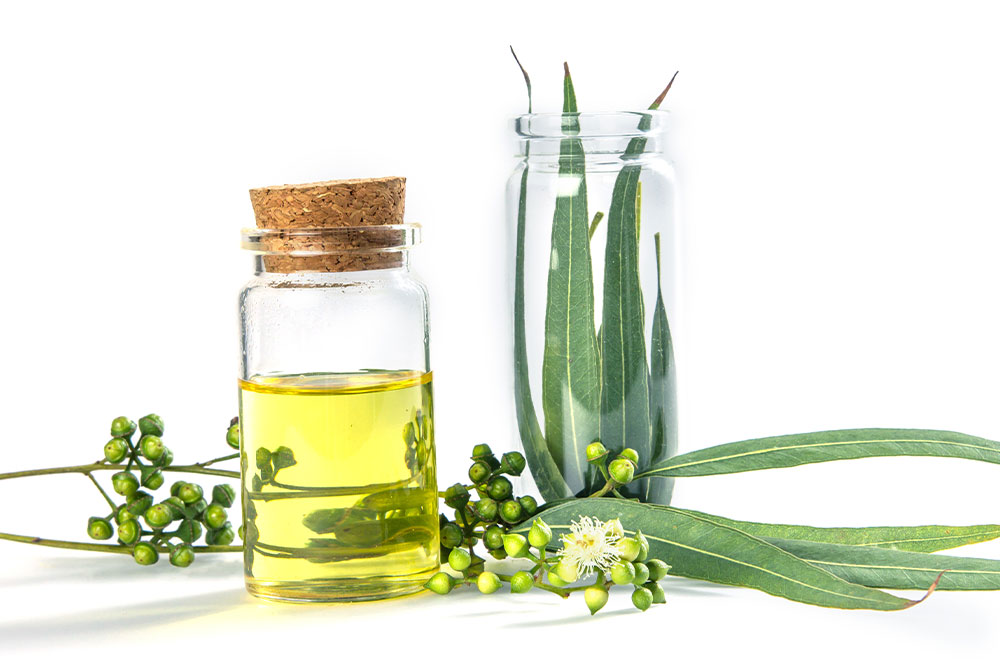10 effective home remedies for skin problems

Skin conditions are the most challenging to deal with. Whether battling a sunburn or acne, you must have the right products or remedies to combat them. Considering the myriad of skin conditions and the lengthy treatments associated with them, it can often dig a hole in your pocket. So, instead of having a doctor on board, why not seek refuge in some ingredients lying in your pantry? Here are some natural remedies for skin care.
Use coconut oil
If you have dry skin, there is no better remedy than coconut oil. It is both safe and effective. It works like petroleum jelly and treats dry skin. It also increases the amount of fats or lipids on the skin surface and improves hydration. The oil has emollient properties because of the presence of saturated fatty acids. An Emollient is an oil or fat that works like a moisturizer to fill the gaps in dry skin. Thus, it leaves the skin feeling smooth and supple.
Include turmeric in your meals
Turmeric lowers inflammation, which is prevalent in several skin conditions. Turmeric has curcumin that works like an antioxidant, shields the skin, and reduces the wound healing time. Ideally, you must add at least a spoonful of turmeric to your daily meals.
Use tea tree oil
Melaleuca alternifoila or tea tree is an anti-inflammatory and antiseptic oil. It is a steam-distilled essential oil extracted from an Australian plant that works against protozoal, viral, and bacterial infections. The tea tree contains terpenes, which break down the bacteria’s cellular matter. Before applying the tea tree directly onto the skin, dilute it by mixing a few drops of olive, coconut oil, or cream. You can use it in an affected area post-shower. People with itchy feet or scalps should shop for commercial products like foot creams or shampoos with tea tree oil.
Baking soda for exfoliation
Blackheads are pretty tricky to deal with. They tend to come back regardless of what you do. Hence, take measures to exfoliate them. You can use baking soda, which helps neutralize the pH imbalance in your skin. It also eliminates oil and dead skin cells and removes dirt from the skin. Take a pinch of baking soda, and mix it with water to form a paste. You can massage it onto your blackheads and wash them off with warm water. Once you finish exfoliating, follow it up with a moisturizer.
Take an oatmeal bath
Oatmeal is a wonder ingredient for people with dry skin. Using creams with oatmeal or adding powdered oatmeal to your bath can help relieve dry skin. Studies suggest that oatmeal extracts have antioxidant and anti-inflammatory properties and help hydrate the skin.
Use apple cider vinegar
It is another common remedy used for easing itches and skin rashes. People with skin concerns should always have organic and raw apple cider vinegar at home. Its acetic acid content counters allergies and skin infections that may aggravate a rash.
Take a cotton ball, dip it in apple cider vinegar, and let it sit on the affected area for about two to three minutes. After this, you can rinse it off. If apple cider vinegar irritates your skin, dilute it with water before application. But if the irritation is severe and continues for a long time, avoid reapplication.
Ice therapy for eczema
If you have eczema, take an ice pack, and hold it on the eczema patch for about 15 minutes. It lowers the blood circulation in the area. After you remove the icepack, the veins begin to dilate, and blood rushes to the part of the infected area. In due course, the blood will carry some nutrients and eliminate the toxins. As a result, the damaged tissues will begin to heal.
Use aloe vera and mint
Mint and aloe vera both have moisturizing, soothing, and healing properties. You can apply the aloe vera gel on the inflamed skin for about 30 minutes and wash it off with lukewarm water. You can also add some drops of vitamin E for an added benefit. Further, grind the mint leaves into an extracted juice or paste and use it on the skin. You can also apply fresh mint leaf infusion directly to the affected areas.
Lemon juice for skin allergies
Using lemon juice externally and internally is a vital aspect of skin care. It can help treat skin allergies. For best results, you should drink a glass of lemon water as soon as you wake up. Use lukewarm water, and squeeze a whole lemon into it. People with eczema can dab a cotton ball in lemon juice and apply it to the skin. Let it sit for 15 minutes, and then wash it off. For best results, you can repeat it twice daily.
Use olive oil
Olive oil is an excellent source of antioxidants and vitamin E. It heals the skin and helps with skin renewal. Olive oil also soothes the skin and lowers itching, providing relief from skin rashes. You can rub extra-virgin olive oil on your rash at least five to six times daily for best results.
Skin is the human body’s largest organ. Hence, adequate steps towards its care and well-being are a must. You can include these natural ingredients in your routine and enjoy spectacular benefits.







